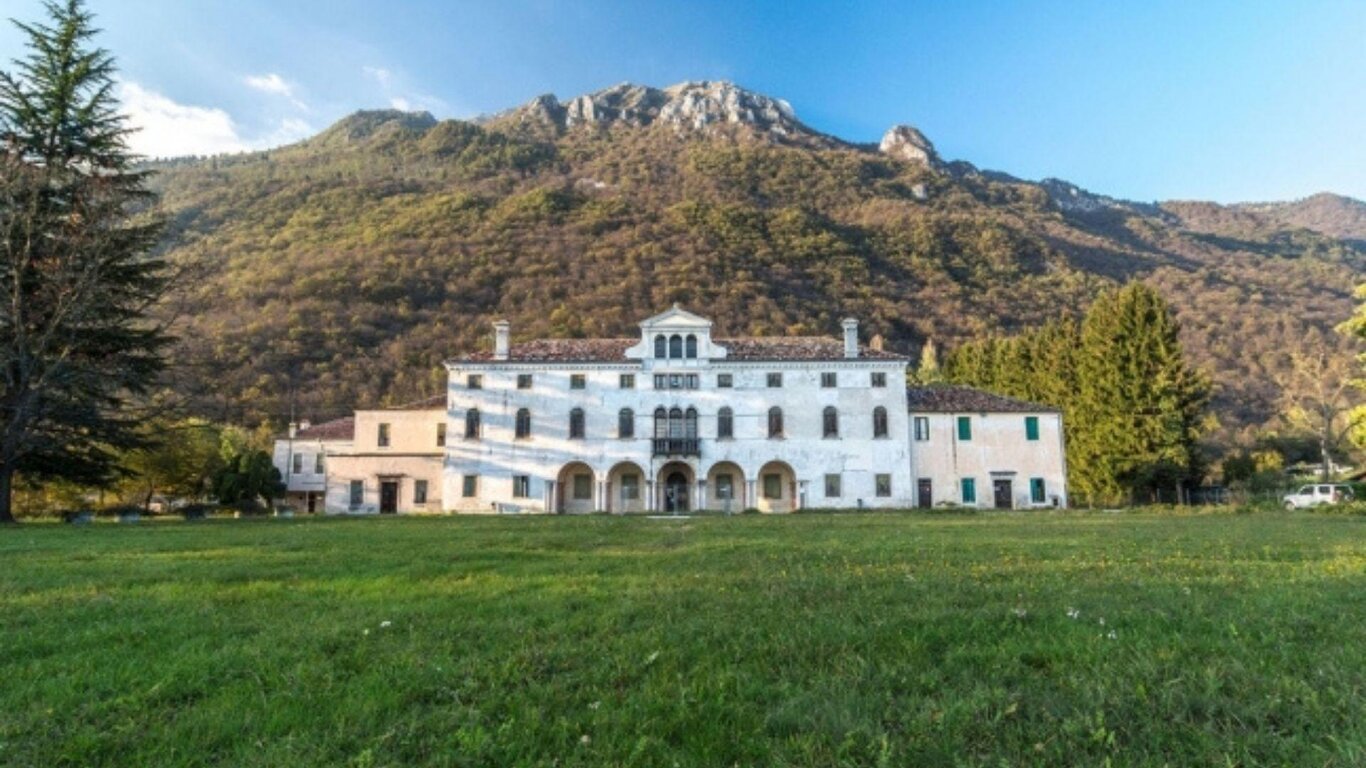Villa Montalban is a historic residence located at the foothills of Monte Serva, in the province of Belluno. It stands on flat land, with the mountain providing an imposing natural backdrop. The exact date of construction of the villa is uncertain, but it is commonly believed to date back to the first half of the Seventeenth century. The building was commissioned by the powerful Fulcis family, one of the most influential in the Belluno area, known for their military activities and numerous properties between the town center and the countryside.
The villa changed name after the death of Fulcio Fulcis, the last descendant of the family, which occurred right within its walls. The property first passed to his nephew Damiano Miari, who adopted the double surname Miari-Fulcis, and subsequently, through marriage, to the counts Montalban family. Its full name would therefore be Villa Fulcis-Montalban, but it is commonly known simply as Villa Montalban.
Once at the center of a vast agricultural estate, the property extended from the Sargnano location all the way to the Piave River. Today, the area has been reduced to about seven hectares and has lost many of its original embellishments, such as statues and fountains. The access to the villa was spectacular, with a long avenue leading to the central courtyard, passing in front of a fountain and finally arriving at the entrance porch.
Regarded as one of the first monumental examples in the Belluno valley, the villa represented both the economic prestige of the Fulcis family and its military victories. The façade is adorned with two large coats of arms depicting the Fulcis eagle and the star of the Knights of Malta, accompanied by military trophies and sundials.
During World War I, the villa suffered severe damage due to the Austro-German invasion and was abandoned, becoming a target for vandalism until the 1930s. It was later purchased by the Pontifical Opera of Assistance and transformed into a summer colony. Restored in 1958, it was finally passed to the municipality of Belluno in 1976.
In recent years, the villa has been used as the headquarters for a vocational school, for cultural activities, and as a space for sports and recreational events.
